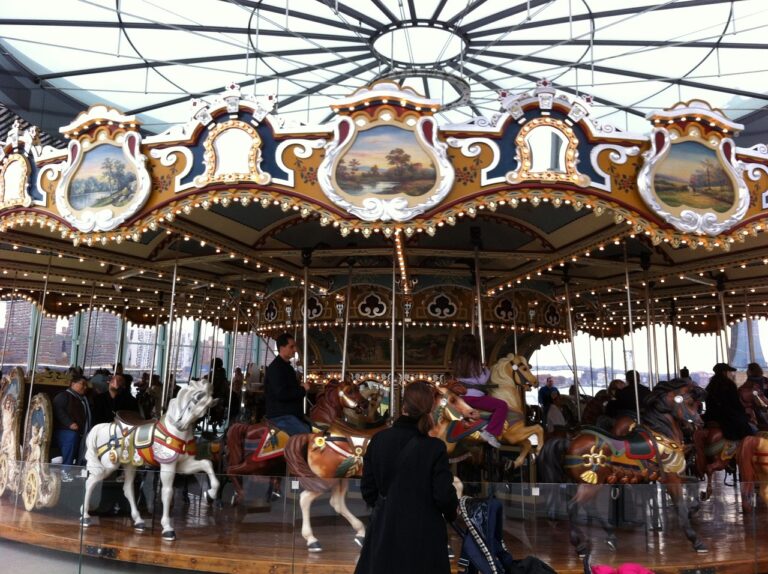From Broadway to Hollywood: Successful Stage-to-Screen Adaptations
One of the most fascinating aspects of Hollywood’s film history is the influence and inspiration drawn from the world of Broadway theater. Countless iconic films that have graced the silver screen actually originated as stage productions, showcasing the rich storytelling and captivating music that define Broadway.
From classic musicals like “West Side Story” to dramatic plays like “A Streetcar Named Desire,” these Broadway productions have laid the foundation for some of the most beloved and critically acclaimed films in cinematic history. The transition from stage to screen allows for a new dimension of storytelling, offering audiences a fresh perspective on these timeless tales through the magic of film.
The Evolution of Musical Theater on Film
One of the earliest examples of adapting musical theater to film can be traced back to the 1920s. With the introduction of sound in movies, Hollywood saw the potential in bringing beloved stage productions to the silver screen, giving audiences the opportunity to experience the magic of theater in their local cinemas. The transition from live performance to film proved to be a challenging yet rewarding endeavor, as filmmakers had to find ways to capture the essence of a Broadway show while also utilizing the unique capabilities of the cinematic medium.
As technology advanced and film aesthetics evolved, musical theater adaptations on screen became more elaborate and visually stunning. Directors started to experiment with various techniques, such as intricate set designs, choreographed dance sequences, and special effects, to create a sense of grandeur that could rival the live theatrical experience. These innovations not only elevated the storytelling aspect of musical films but also attracted a wider audience, sparking a new era of popularity for the genre on the big screen.
Iconic Broadway Shows Turned Blockbuster Movies
From stage to screen, iconic Broadway shows have made a lasting impact on the world of cinema. Some of the most beloved and successful films have been born out of the rich tapestry of musical theater. The transition from live performance to film adaptation has brought these timeless stories and unforgettable performances to a wider audience, solidifying their status as cultural phenomena.
Audiences have been captivated by the magic of seeing their favorite Broadway shows reimagined on the big screen. From the breathtaking choreography to the powerful ballads, these movies have enchanted viewers and left a lasting impression. The seamless blend of music, drama, and spectacle has elevated these adaptations to blockbuster status, proving the enduring appeal of Broadway’s most iconic productions.
What are some examples of Broadway shows that have been turned into blockbuster movies?
Some examples include “Chicago,” “Les Misérables,” “The Phantom of the Opera,” and “The Sound of Music.”
How have Broadway shows influenced the evolution of musical theater on film?
Broadway shows have provided a wealth of material for filmmakers to adapt into movies, showcasing the talent of stage actors and bringing beloved musicals to a wider audience.
What are some challenges in adapting Broadway shows into movies?
One challenge is capturing the energy and intimacy of a live theater performance on the big screen. Another challenge is pleasing both fans of the original Broadway show and new audiences who may be unfamiliar with the source material.
Are there any Broadway shows that have been particularly successful as blockbuster movies?
Yes, some Broadway shows have achieved great success as blockbuster movies, such as “The Lion King,” “Mamma Mia!,” and “West Side Story.” These movies have garnered critical acclaim and box office success.
How do Broadway shows and blockbuster movies differ in terms of storytelling and performance?
Broadway shows often rely on live performances and elaborate sets to create a unique theatrical experience, while blockbuster movies use the medium of film to bring a story to life through special effects, cinematography, and editing. Both mediums have their own strengths and challenges in storytelling and performance.







